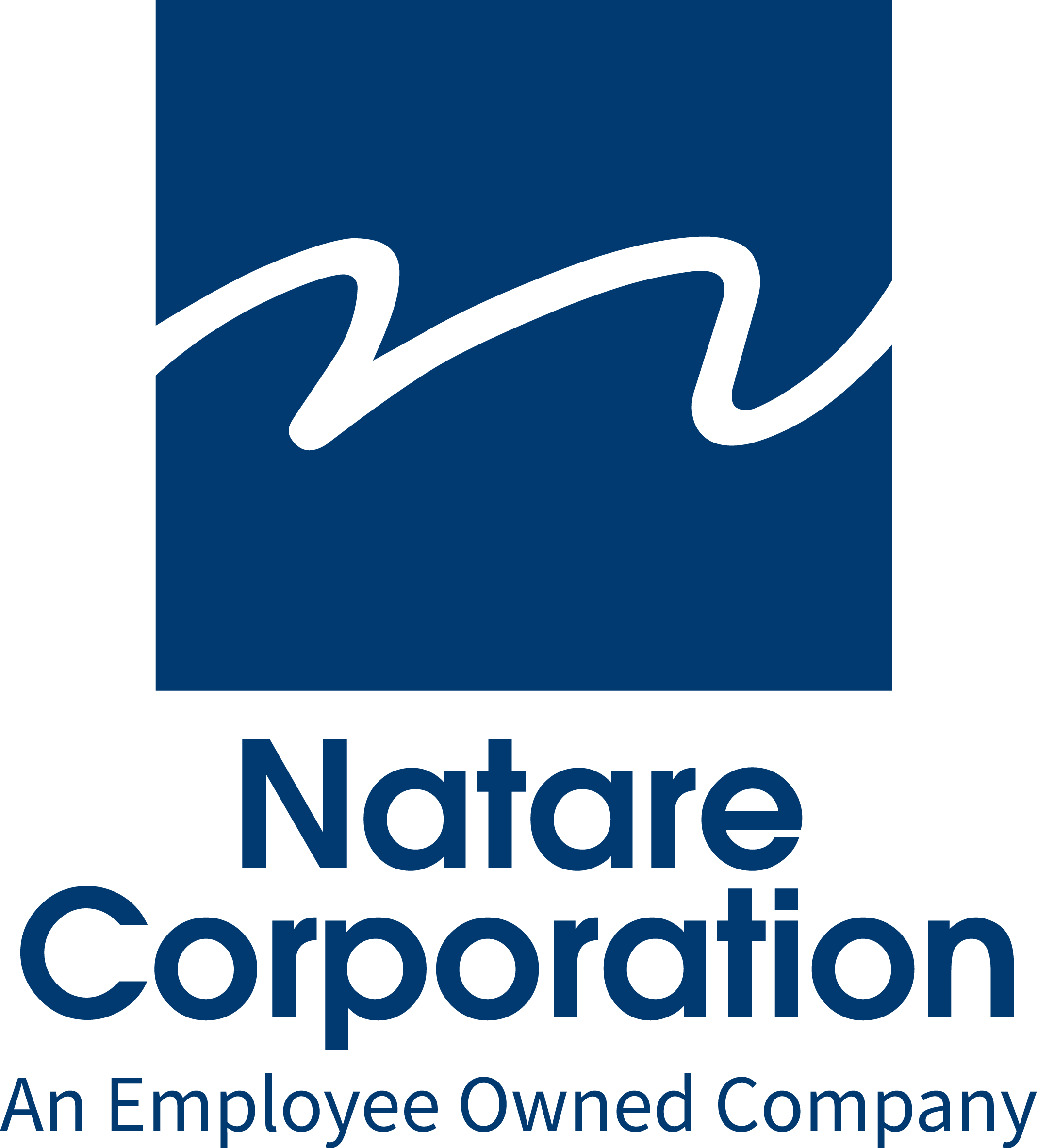August is National Water Quality Month. We all know consuming clean water is essential to our health. But, how important is water quality to public swimming pools? As you’re about to find out, it’s very important.
Before we dive right in, here are some hard-hitting facts from the CDC:
- 3,000-5,000 ER visits each year are linked to pool chemical injuries
- From 2000-2014, nearly 500 disease outbreaks that occurred were linked to pools, hot tubs/spas and water playgrounds
- 1 out of 8 public pool closings and 1 out of 7 hot tub/spa closings were due to one identified violation that presented a serious threat to the public’s health
- 59% of public pool filter water samples contained Pseudomonas aeruginosa, 58% of samples contained E. coli, and 8.1% of samples contained Cryptosporidium, Giardia or both.
The main source of contamination in swimming pools? Humans. Yes, you heard that right — people (along with animals, surrounding debris, etc). And the water’s surface is where approximately 80-90% of dirt, oils, waste, and suspended material live. This is why it is so vital that swimmers and pool staff work together to keep swimming pools clean and clear.
Let’s break down each group and learn how they can help maintain a clean pool.
Swimmers
The first thing you need to do before you jump in that swimming pool is rinse off in the shower. By doing this, you’re removing a lot of dirt and oils that are on your body.
Make sure you have no open wounds – this includes cuts, piercings, etc. If you do have one, either stay out of the pool or cover it with a waterproof bandage.
Feeling sick to your stomach? Stay out of the pool. It only takes one person infected with Cryptosporidium (or who has had diarrhea) to cause an outbreak. This parasite is chlorine tolerant and is the leading cause of waterborne illnesses.
Children should consistently take restroom breaks to ensure no accidents happen in the pool. If your child wears swim diapers or swim pants, please check them every 60 minutes. If a change is needed, take them to a diaper-changing area away from the pool and then immediately wash your hands when finished. This will help keep fecal matter and urine out of the pool.
Alert a lifeguard or a pool staff member if you smell a strong chlorine odor. The earlier you tell someone, the faster they can evacuate the area and get guests to a safe, breathable place.
Pool & Facility Staff
The most important role staff members play is making sure the facility is safe for swimmers to enjoy.
Before allowing guests to enter the facility for the day, check the water chemistry. pH levels should be maintained between 7.2 and 7.8 and free chlorine levels at 1-3 parts per million. Pools need to be tested at least two times a day or more depending on the amount of usage. If the levels are above or below these numbers close the pool, make sure the area is well ventilated, and follow the proper procedures to get the levels back to normal.
In connection with the pH and ppm levels, it’s important to understand the role of ORP in your water quality management program. The Oxidation-Reduction Potential (ORP) value of pool water provides significant information that can be used in conjunction with chlorine residual to ensure proper pool environment. ORP control measures the capability to oxidize and sanitize organic material that is found in the pool. Commercial swimming pools should be maintained at an ORP value of 800 millivolts, which allows a reduction in chlorine levels, but a more effective elimination of organic waste while still providing effective sanitation. If the ORP value decreases, that means there are organic contaminants in the water that are not being fully oxidized, and a harmful chemical reaction is likely to occur that will result in chloramine formation. By understanding and monitoring ORP as well as chlorine residuals, you can avoid unacceptable water quality, excessive chlorine consumption, and unpleasant pool odors.
Keep the pool clean of dirt, oils, and waste. As noted above, the water’s surface is where you will find most of this debris. To accommodate a large bather load, pools bigger than 100-m² are required to have perimeter gutter recirculation systems. This system efficiently removes the surface debris while simultaneously skimming for contaminants and returning clean, filtered water to the swimming pool. If there is no continuous perimeter gutter, the surge waves will bounce back into the pool, resulting in minimal skimming.
Now it’s time to examine the pool itself. Is the water clear enough that you can see the drains at the bottom? If not, check the pool filter. It’s imperative that this system can keep up with your bather load and stays in working condition. Natare’s MicroFlo® filtration systems are designed to meet the needs of any size aquatic facility. They’re cost-effective, provide easy maintenance and operation, and guarantee water clarity while saving water and operating costs.
Adopt the Model Aquatic Health Code (MAHC). Although it’s not mandatory to implement these guidelines, it is highly recommended. It can help prevent drownings, outbreaks, injuries and more in public pools, spas, splash pads, and water parks.
If you’re a facility manager looking to upgrade your pool equipment or system, talk to Natare! We can create a system that will meet your needs. Let’s all work together to keep swimming pools open, clean, and safe. One small mishap can ruin everyone’s day.
Additional Sources:
Athletic Business
Better Health Channel

